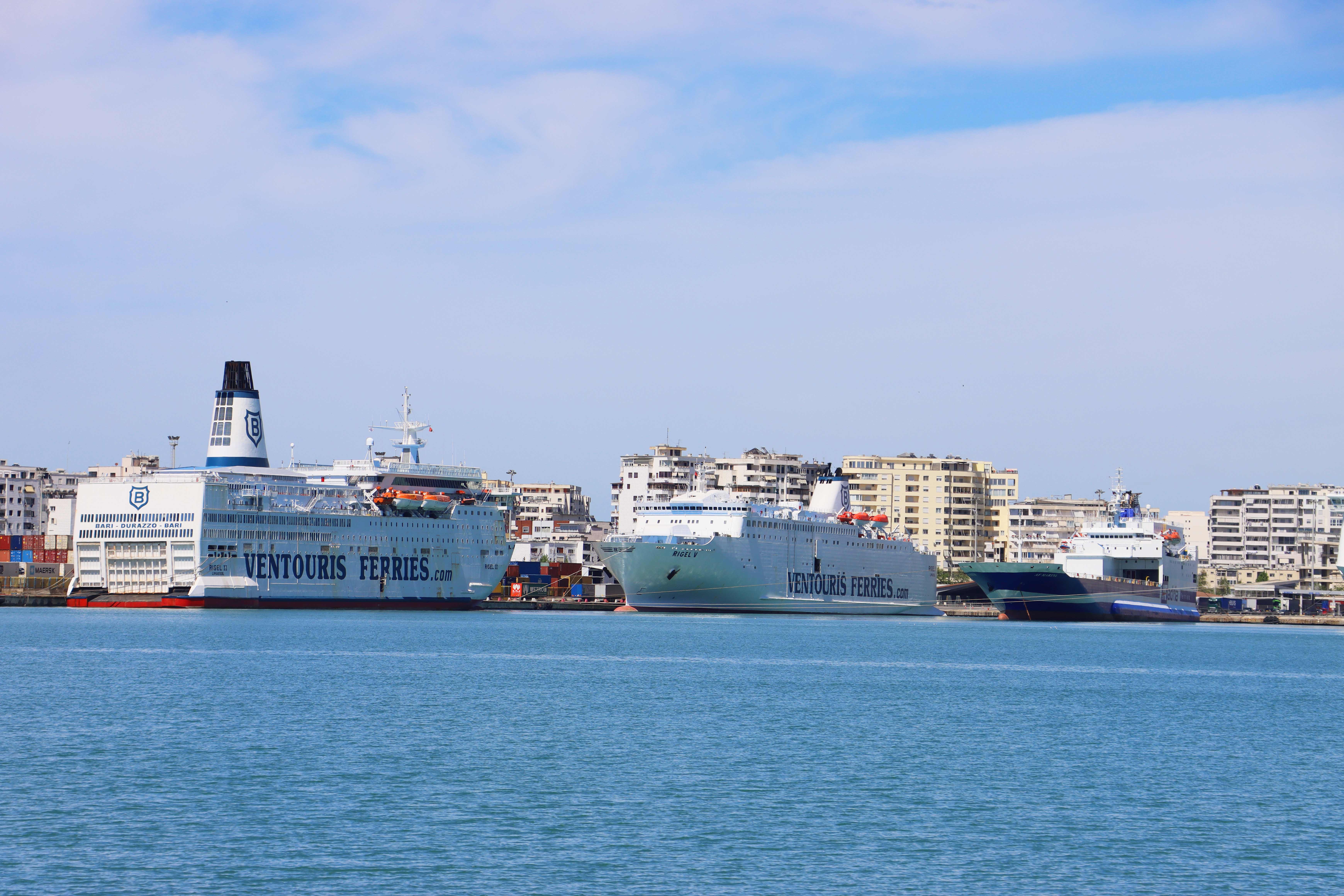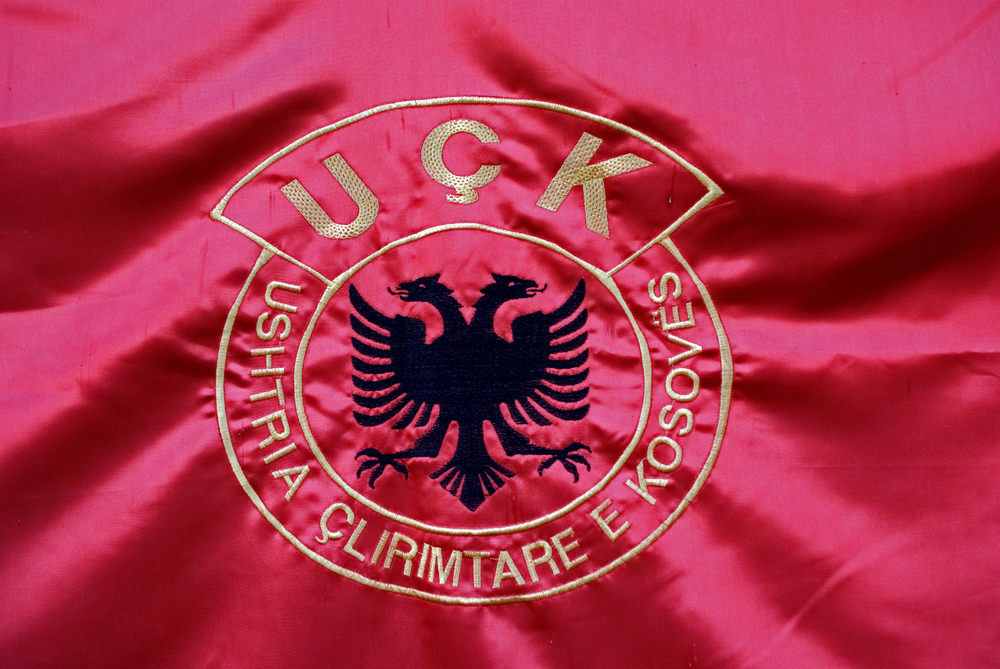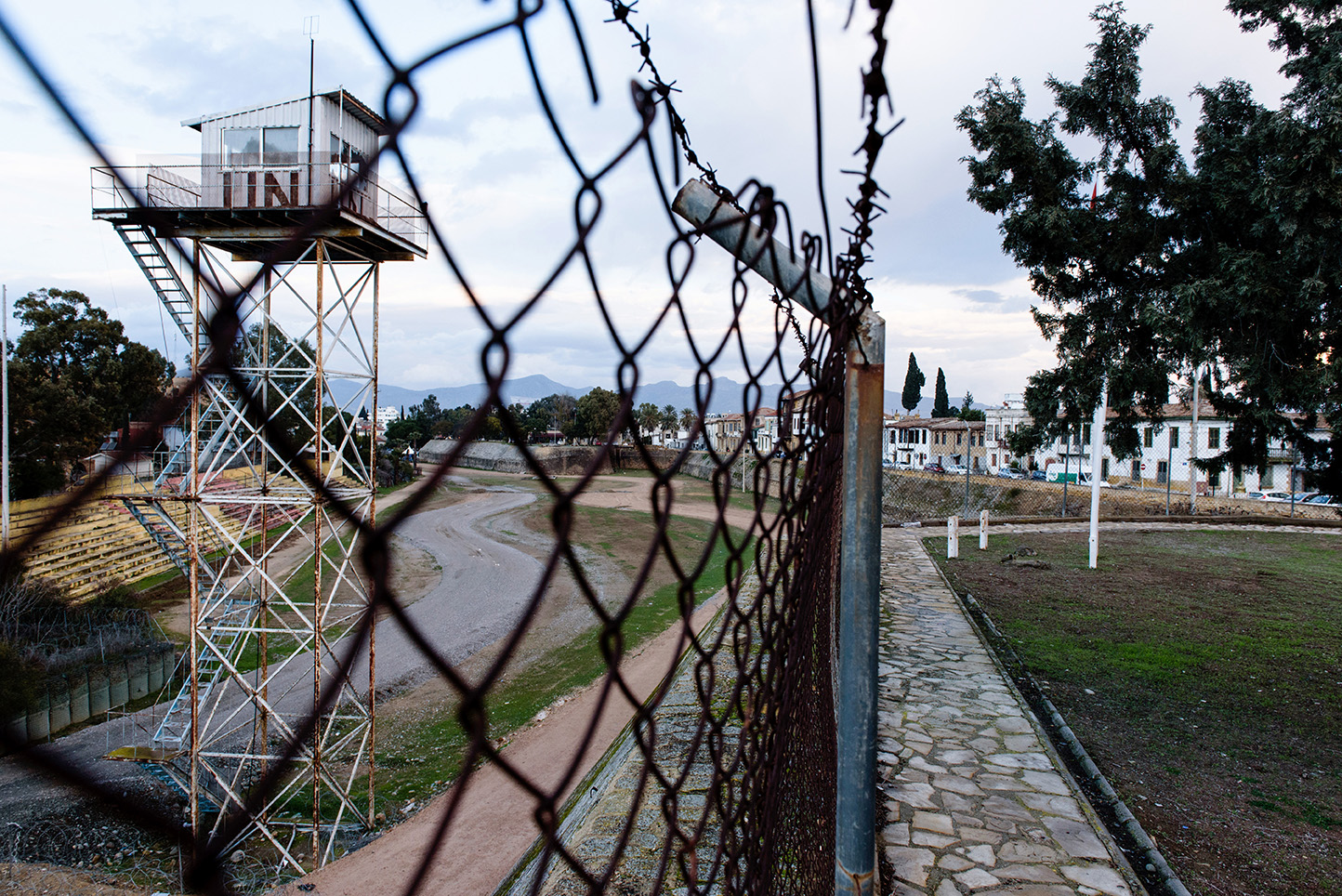A Double-Edged Sword: The Cruise Boom in the Adriatic
The chessboard on which the future of cruises in the Adriatic Sea is being played out has more and more squares. These are the ports that aspire to new destinations, for their own gain but also at their own risk. With its interregional projects, the European Union has been trying to help them since before the crisis

A-Double-Edged-Sword-The-Cruise-Boom-in-the-Adriatic
Durazzo, Albania - © Amfora Media
The Adriatic Sea is a magnet for cruise ships, their decks brimming with tourists eager to explore its shores. For the region, this influx is both a boon and a burden, a delicate balance shaped by who manages the flow and how.
One thing is clear: the cruise industry shows no signs of slowing down. Instead, it continues to reshape its impact, season after season, challenging ports to reconcile their ambitions with the need to preserve their historic and natural charm. Time is running out for these destinations to ensure that local communities and fragile ecosystems don’t bear the cost of this tourism surge.
According to Risposte Turismo , cruise ship visits to the Adriatic are set to rise by nearly 6% this year compared to 2024, with passenger numbers climbing by about 4%. Over the 2024-2026 period, investments aimed at capturing more of this market are projected to near €400 million. Ports vying for a slice of this lucrative trade have little room left to maneuver if they hope to turn this influx into profit without causing harm.
Emerging stars of the Adriatic: Bar and Sarandë
Both public authorities and private entrepreneurs, backed by international operators, are doubling down on cruise tourism. The majority of revenue and passenger traffic flows to just 20 or so Adriatic ports, the usual suspects dominating the scene. Yet, new players are emerging, shaking up the established order. Bar, Montenegro, has seen a staggering 203% surge in passengers compared to 2024, while Sarandë, Albania, boasts an even more dramatic 260% increase. Sarandë, in particular, is poised to redraw the cruise map, defying expectations for a port that, between 2022 and 2024, hosted just over 30 cruises annually.
Step ashore in Sarandë, and the potential becomes palpable. Loredana Sulaj, communications head for Albania’s Ministry of Tourism and Environment, attributes the port’s rise to a “significant influx of tourists, particularly from France, Belgium, Germany, the UK, and Spain.”
She points to broader improvements, tying the boom to “the development of tourism infrastructure and the promotion of economic activities in the region.” More cruises, the Ministry argues, translate to longer stays and higher revenues. But Sulaj is quick to add a caveat: sustainability is non-negotiable. Albania’s “Tourism Strategy 2024-2030,” crafted with input from INSTAT, includes targeted measures to balance economic gains with environmental and community protections.
Data underscores the need for focus on Durres, where cruise ship visits tripled from 2023 to 2024. The port already handles over 820,000 passengers annually, alongside 96,000 vehicles, 4.07 million tons of cargo, and more than 145,000 containers. Its passenger terminal is undergoing a major upgrade to keep pace.
Looking ahead, the ambitious “Durres Yachts & Marina” project, backed by UAE-based Eagle Hills, aims to transform the city into a luxury travel and commerce hub. For some, it’s a dream; for others, a looming nightmare. Accelerated approvals have sidelined critics, but the local administration is resolute, unwilling to let Durres be outshined by rival ports eager to attract investors and cruise lines.
Ravenna: an ambitious mission
Elsewhere on Albania’s coast, Vlora Marina in Vlorë is already challenging Durres. On the Italian side, Ravenna is gearing up for 2026 with a new maritime terminal at Porto Corsini, aiming to capitalize on Venice’s vulnerabilities. The €56 million project, with €6 million from the Port Authority and over €50 million from Royal Caribbean, includes a 5,000-square-meter, two-story facility with upgraded berths and services. Ravenna, which currently handles up to 270,000 cruise passengers annually, is targeting 400,000 from the outset—a goal Legambiente calls overly ambitious.
Piero Bucchi, a Legambiente representative who has tracked the Porto Corsini project from its inception, warns of a looming crisis. “This risks overwhelming Ravenna with traffic without delivering benefits to the community, ecosystem, or even tourism,” he says. Bureaucratic maneuvering and grand promises, he argues, have obscured the project’s flaws. “Porto Corsini is a dead-end. All traffic will funnel through an already congested road, with no sign of the promised infrastructure solutions.”
Legambiente also questions the economic upside. “Passenger flow statistics are misleading,” Bucchi explains. “Most cruise passengers are whisked away to Venice, Comacchio, Maranello, or San Marino on pre-booked excursions. The surrounding area, within a 7-kilometer radius, sees almost no benefit.” Local operators echo this frustration. “Nothing concrete has been done to draw cruise passengers to our restaurants and shops,” says one restaurateur. “They rush past our storefronts, sticking to tight, pre-paid itineraries.”
LOCATION for new locations
In a few years, data will reveal whether Ravenna’s critics are alarmist or prescient. For now, their concerns serve as a warning for other Adriatic ports, from Durres to beyond. The cruise boom isn’t just about passengers and profits—it’s about who manages it and who bears its impact. The European Union has long recognized this, launching interregional initiatives like LOCATION , funded by cohesion policy, which ran from 2014 to 2020.
With €3 million and 40 measures to boost economic benefits for coastal communities, LOCATION tackled the urban fragility of ports like Lisbon, Malaga, Trieste, Rijeka, Zadar, Ravenna, and Durres. It didn’t always succeed, but it spotlighted a critical issue too often ignored. Ports were urged to adopt a long-term vision. Some heeded the call; others lagged behind. But none can say they weren’t warned.
In collaboration with Erjola Azizolli di Amfora.al
This article is published in the context of the project "Cohesion4Climate" co-funded by the European Union. The EU is in no way responsible for the information or views expressed within the framework of the project; the sole responsibility for the content lies with OBCT.









